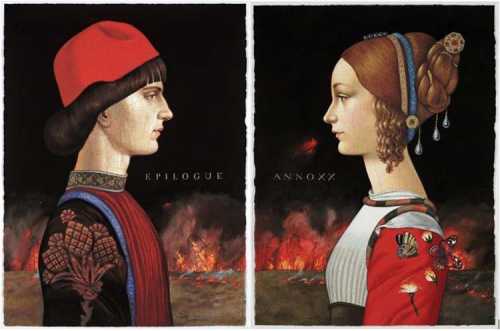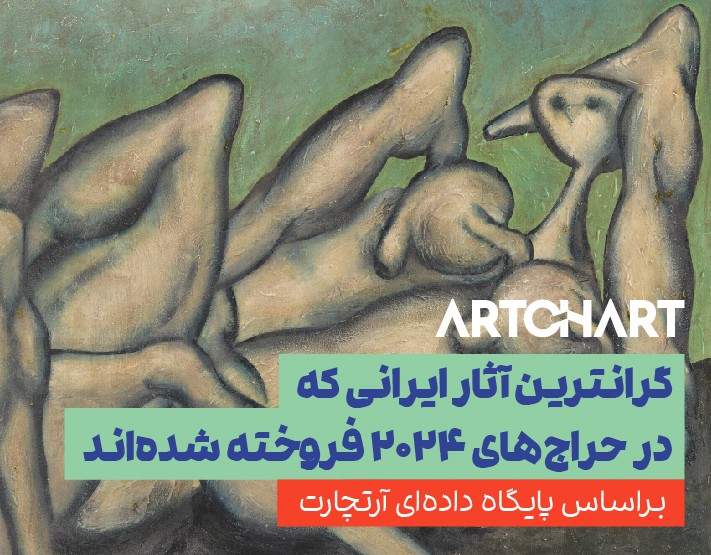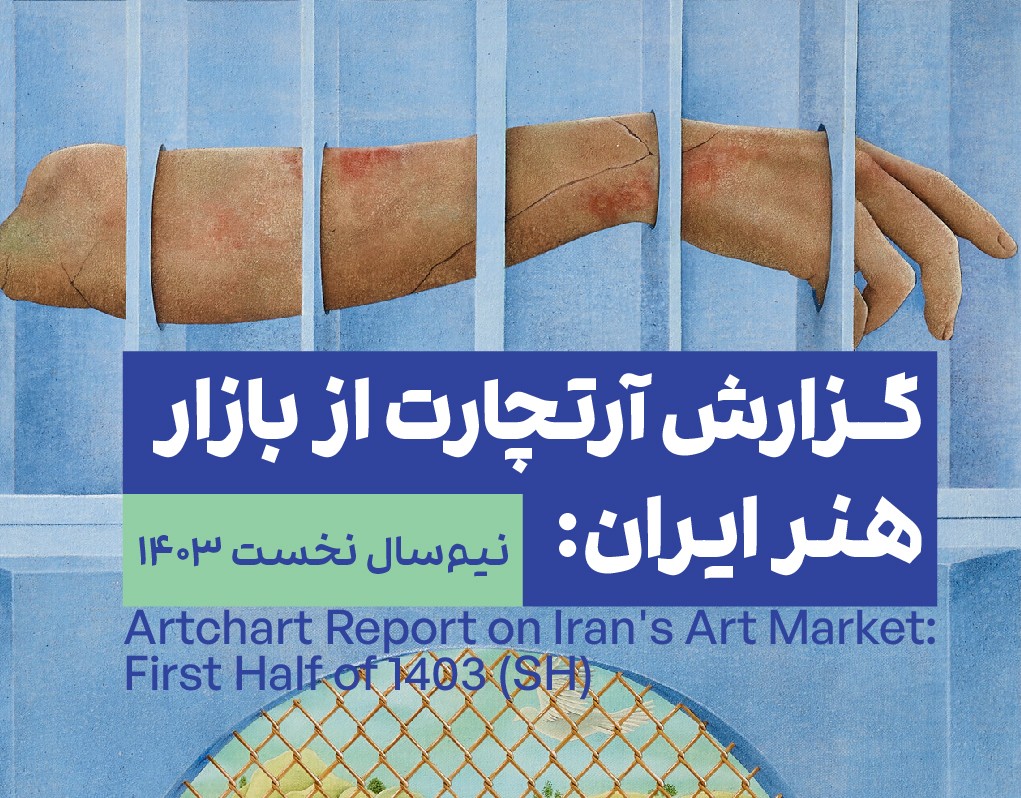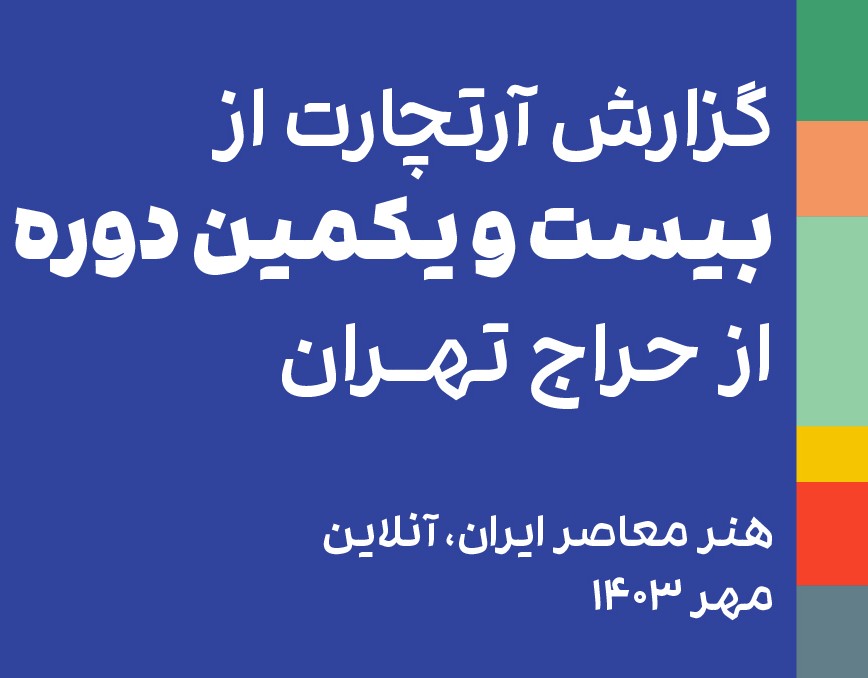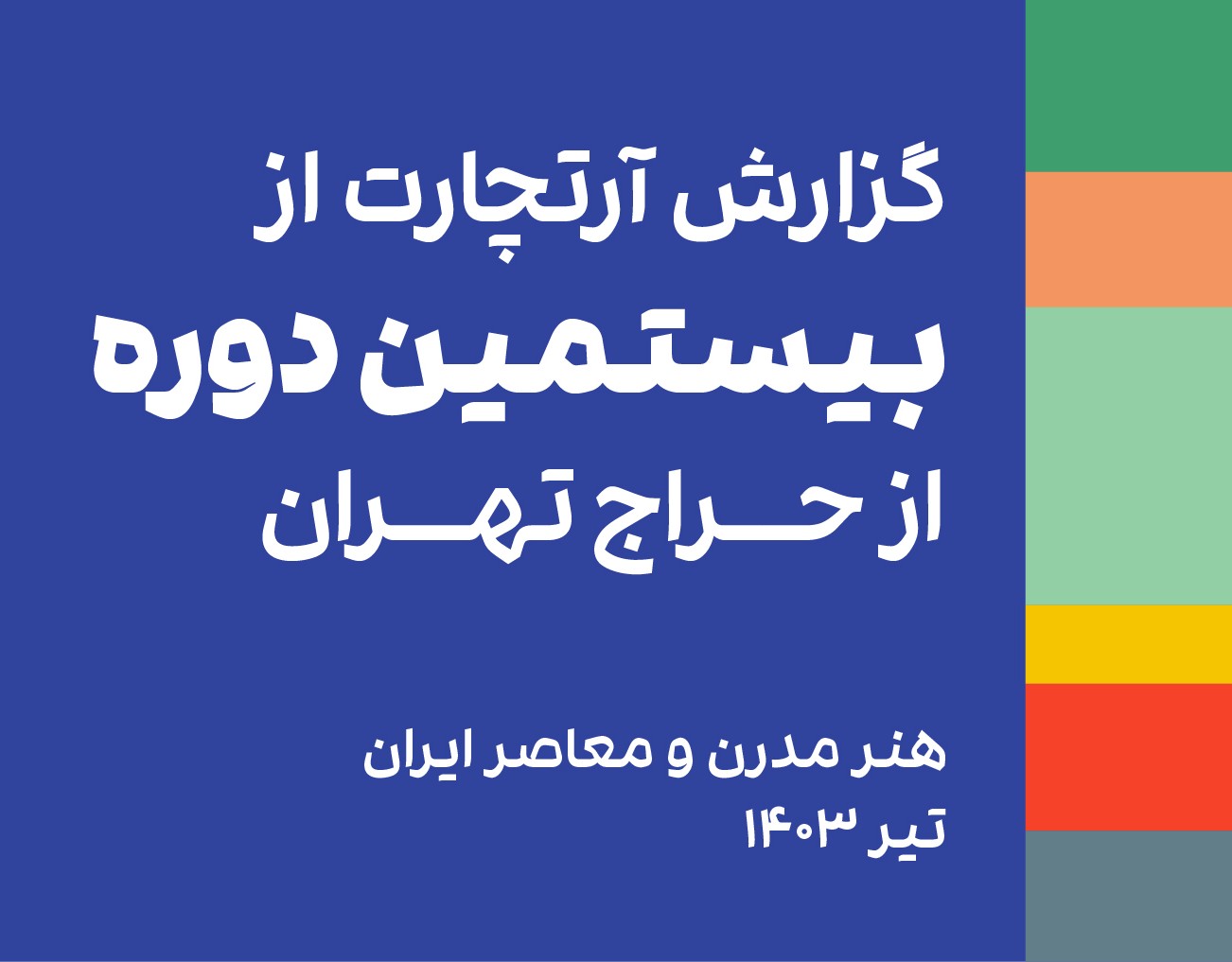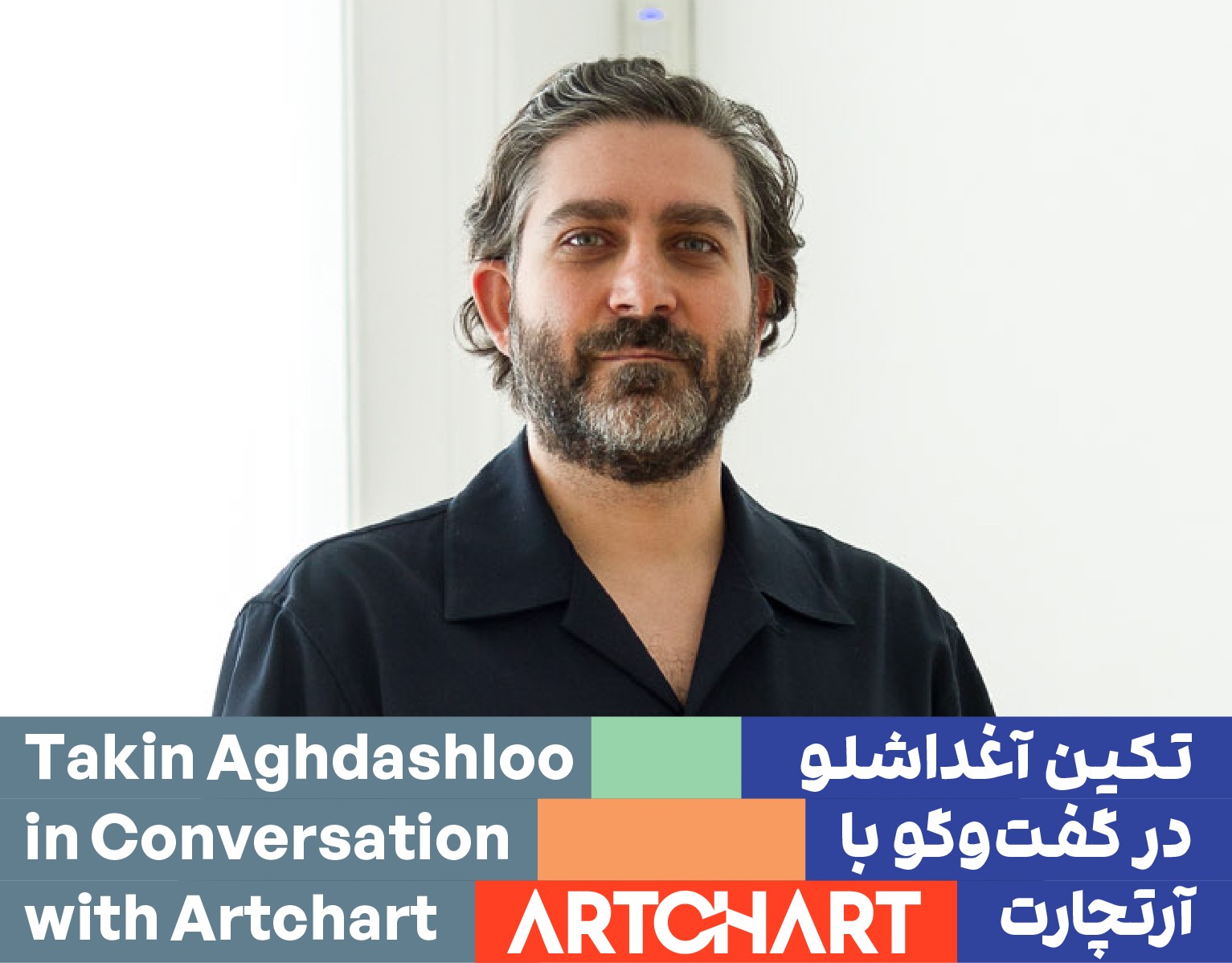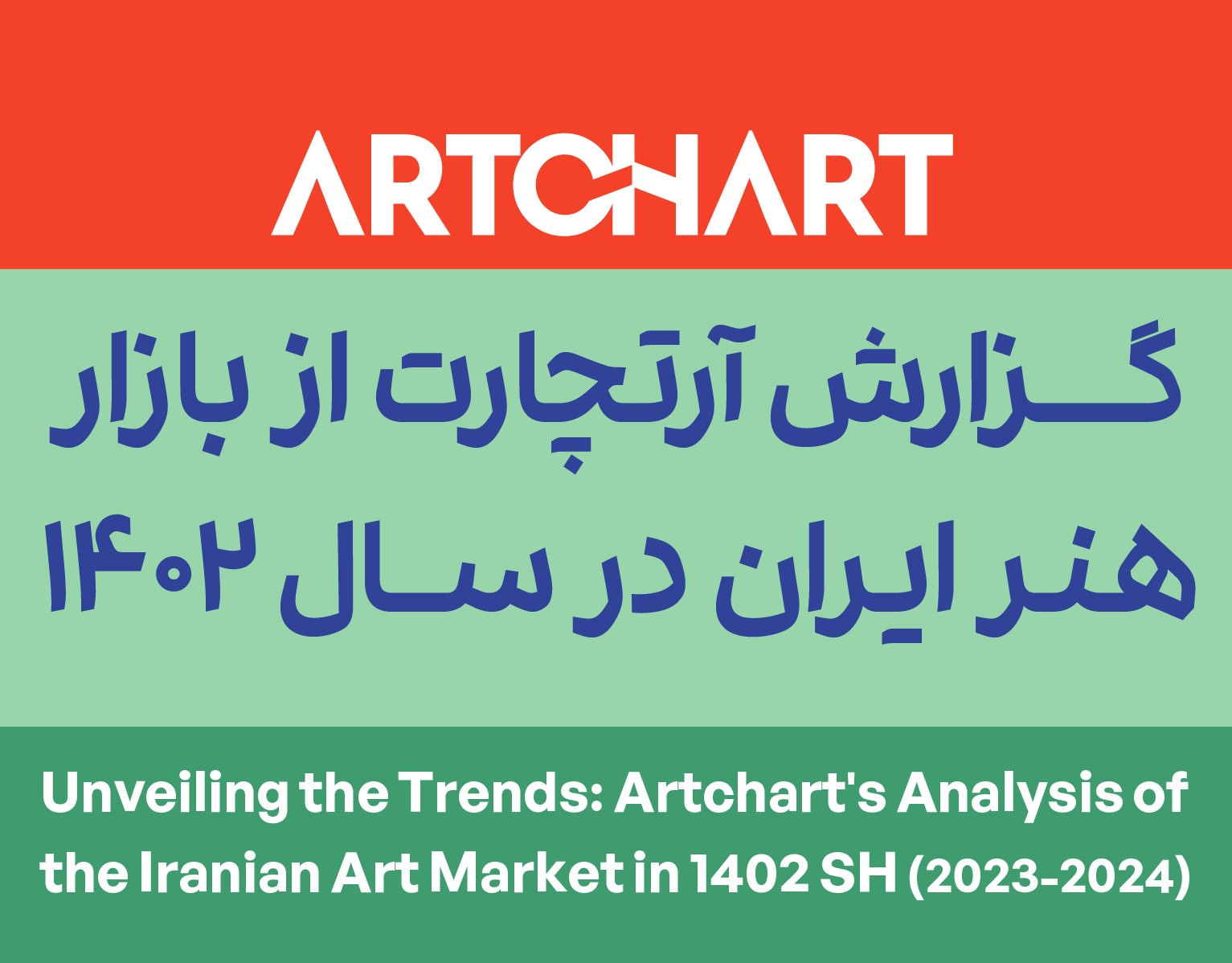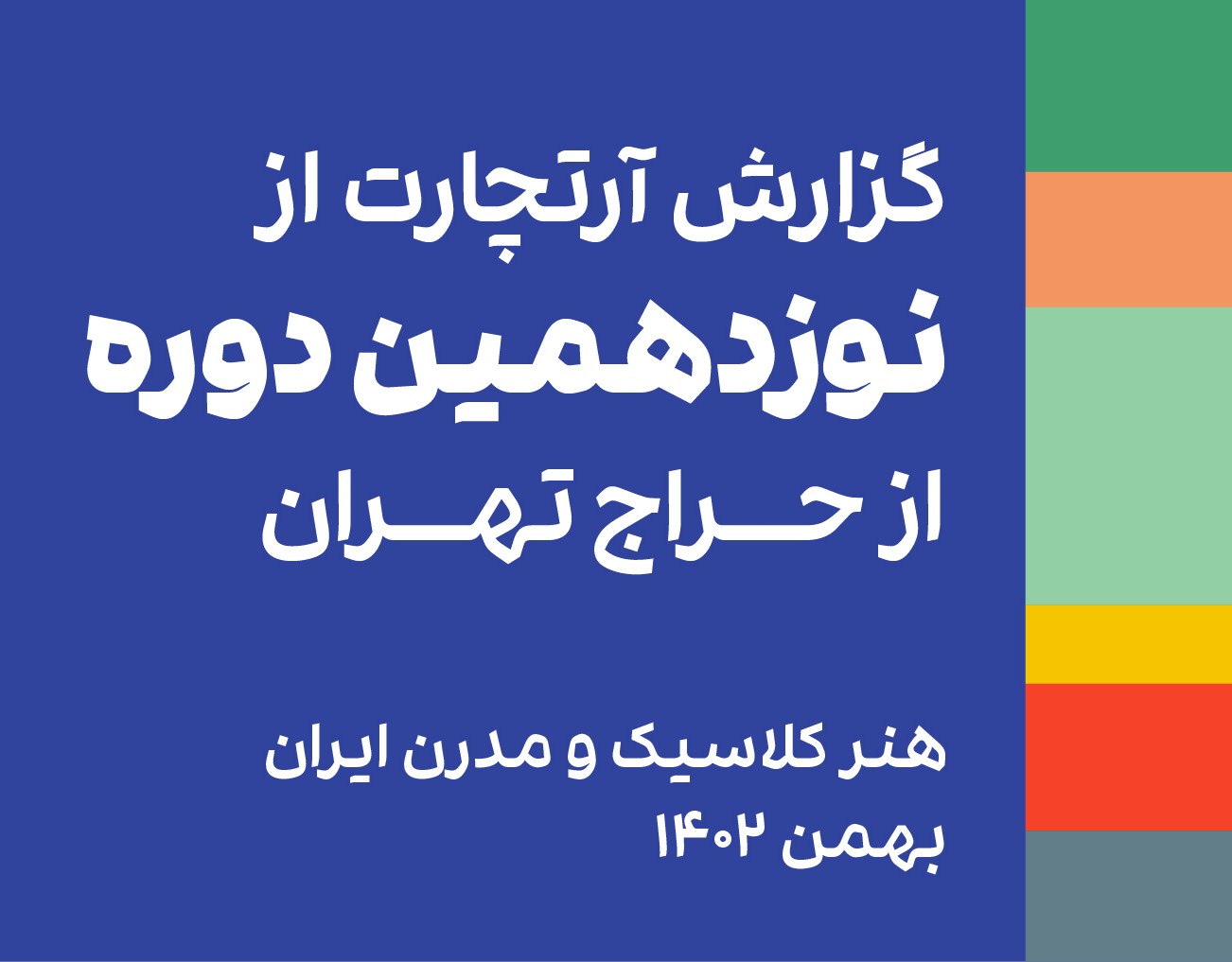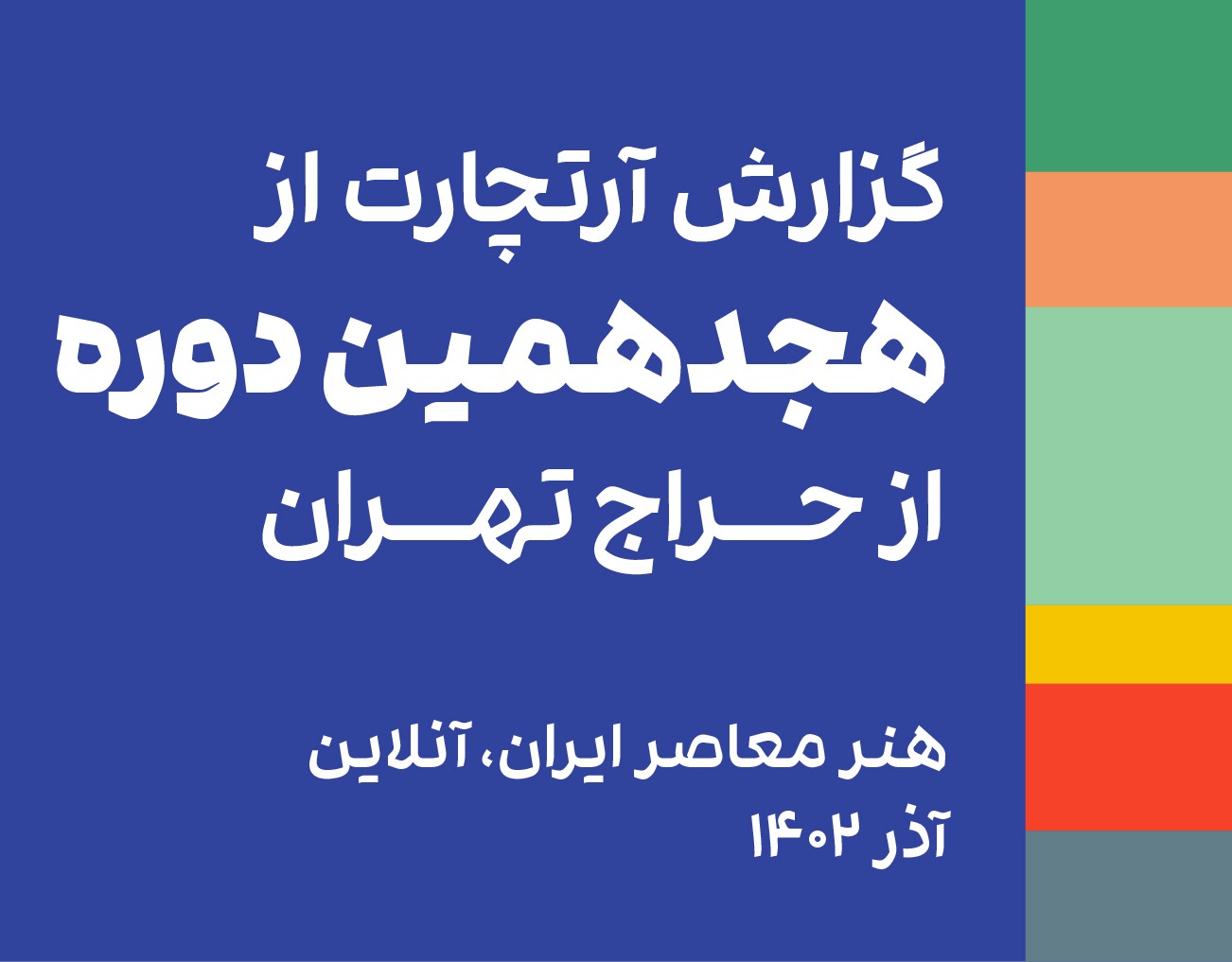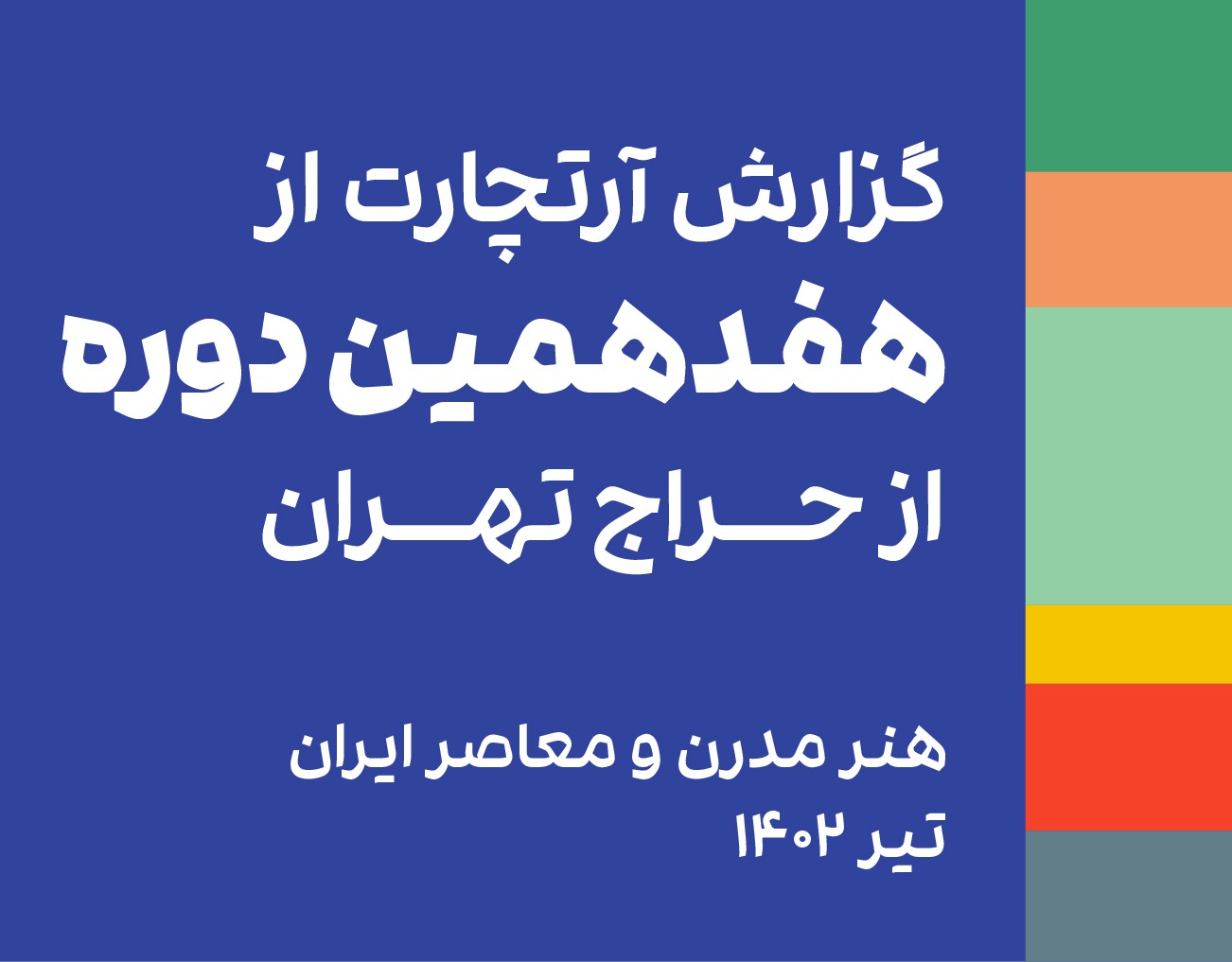About Aydin Aghdashloo
Aydin Aghdashloo was born in 1940 in Rasht to a Caucasian father and a mother with Qajar ancestry. From a young age, he was fascinated by painting, and at 14, he sold his first painting, a copy of Velazquez, for 40 Tomans.
At 19, Aghdashloo entered the Faculty of Fine Arts at Tehran University but left his studies halfway through. In 1975, he held his first solo exhibition at the Iran-American Association in Tehran. After nearly 40 years, in 2014, he held his second solo exhibition at Assar Art Gallery.
After the Iranian Revolution, Aghdashloo focused more on writing and graphic design, with his works published in various magazines. He also taught at the Boys' Visual Arts Conservatory and the Tehran School of Decorative Arts. Aghdashloo played a key role in establishing the Reza Abbasi Museum and served as its head for a period.
In the early 1970s, Aghdashloo began meticulously reconstructing and intentionally destroying works by old masters, resulting in the collection "Memories of Destruction." He used Renaissance art to tell personal stories and later incorporated Iranian art, such as Safavid and Qajar era paintings and calligraphy, into his works. Other notable series include "Years of Fire and Snow," "Apocalypse Disaster," "Mystery," and "Angels' Intercession."
Iranian thinker Dariush Shayegan writes about Aghdashloo: "His art lacks harsh and melancholic emotions; it does not appeal to the heart's grandeur, nor does it succumb to instinct's pulse or the enchantment of the unconscious world. He doesn't give in to the demons of anxiety, nor does he allow confusion, temptation, or greed to take over. Instead, his intellect is clear, transparent, and somewhat cold. Aghdashloo possesses a rare insight that enables him to view the absurdity of this mad world with a detached perspective."
The Most Expensive Artwork
At Auctions
First Attendance
31 October 2007
# Attendance
36
# Artworks
40
Average Realized Price
106,669 USD
Average Min Estimate
60,211 USD
Average Max Estimate
78,296 USD
Sell-through Rate
90%
Average Growth of Artwork Worth
68.62%
Timeline
Continuum: The Unbroken Line of Persian Art exhibition
2 November
The 23rd Tehran - Modern and Contemporary Iranian Art auction
22 May
In white exhibition
18 April
Shadow exhibition
18 April
Fragments of Persian Modernity: Selected pieces from Iranian Modern and Contemporary Art exhibition
13 April
On the Path of Iranian Art History exhibition
4 April
Aydin Aghdashloo Artworks exhibition
28 February
The 22nd Tehran - Modern, Classic and Traditional Iranian Art auction
14 February
The Rhetoric of Objects exhibition
6 December
Timeless Creation exhibition
25 October
The 21st Tehran - Contemporary Iranian Art auction
11 October
Resize exhibition
16 August
The 20th Tehran- Modern and Contemporary Iranian Art auction
5 July
Nine Works of Iranian Modern Art exhibition
29 May
Connoisseur's Look exhibition
19 April
Artibition Auction - March 2024 auction
11 March
10s of Artworks, 10s of Millions exhibition
8 March
New Year/ New Vision exhibition
23 February
In Water Color exhibition
2 February
The 19th Tehran -Classic and Modern Iranian Art auction
24 January
Gozar Project exhibition
19 January
Modern Collectore exhibition
19 January
The 18th Tehran Contemporary Art auction
12 December
The 17th Tehran Modern and Contemporary Iranian Art auction
18 July
The Flor's Scent And Bird's Song exhibition
5 May
Recovery/ The third series exhibition
10 March
Lotfi x Mashahir Cross 2 exhibition
9 September
A Nostalgic Glimpse exhibition
26 August
Art Closer Than Ever exhibition
26 August
Modern Collector exhibition
24 June
Group Exhibition Nasut and Nature 2 exhibition
13 May
The last event 1400 exhibition
25 February
From Object to Figure exhibition
24 September
The 13th Tehran- Modern and Contemporary Iranian Art auction
15 January
One by One exhibition
3 July
5th Collector exhibition
24 January
دوازدهمین دوره حراج تهران auction
17 January
White Black Gray exhibition
13 December
Two Out of Thousands exhibition
1 November
یازدهمین دوره حراج تهران auction
5 July
Neo-expressionism in Iranian Contemporary Art exhibition
10 May
Foad Sharifi Print Makings exhibition
12 April
Up to 10 Million exhibition
8 February
The 9th Tehran- Classic and Modern Iranian Art auction
29 June
1397#1 exhibition
27 April
+۹۶ exhibition
16 February
Shabtab 3 exhibition
31 January
هشتمین دوره حراج تهران auction
12 January
Modern and Contemporary Middle Eastern Art auction
28 November
Shams gallery Collection Special Sale exhibition
7 July
هفتمین دوره حراج تهران auction
7 July
The Art of Lebanon Part II and Modern and Contemporary Middle Eastern Art auction
12 October
پنجمین دوره حراج تهران auction
27 May
Opening exhibition
5 February
چهارمین دوره حراج تهران auction
29 May
Selection of Paintings exhibition
14 November
Islamic and Indian Art auction
7 October
سومین دوره حراج تهران auction
30 May
Islamic and Indian Art auction
8 April
Modern and Contemporary Arab,Iranian and Turkish Art Part II auction
30 October
دومین دوره حراج تهران auction
28 May
اولین دوره حراج تهران auction
22 May
Modern and Contemporary Arab, Iranian and Turkish Art Part II auction
26 October
Modern & Contemporary Middle Eastern Art & South Asian Art auction
1 June
Modern and Contemporary Arab, Iranian and Turkish Art auction
19 April
Modern & Contemporary Middle Eastern & South Asian Art auction
11 October
International Modern & Contemporary Art auction
27 October
Modern & Contemporary Middle Eastern & South Asian Art auction
3 June
International Modern & Contemporary Art auction
29 April
Modern & Contemporary Arab, Iranian, Indian & Pakistani Art auction
24 November
International Modern and Contemporary Art auction
30 April
International Modern & Contemporary Art auction
31 October
Articles
The Most Expensive Iranian Artworks Sold in 2024 Auctions 24 December 2024
This article presents an overview of the ten highest-priced Iranian artworks sold at auction in 2024. The featured works are by six renowned artists: Ali Banisadr, Sohrab Sepehri, Bahman Mohasses, Mehdi Qadyanloo, Hossein Zenderoudi, and Aydin Aghdashloo. All of these artworks are paintings and were sold exclusively through three prestigious auction houses—Christie's, Sotheby's, and...
Artchart Report on Iran's Art Market: First Half of 1403 (SH) 29 October 2024
Artchart, a data discovery and analysis platform focused on Iran’s art market, has been documenting and analyzing economic data for this sector since its founding in 1398 SH, offering essential insights to Iranian professionals and audiences. Since 1401 SH, Artchart has issued annual reports on Iran’s art market. This release marks its first semi-annual report, providing a mid-year...
Report on the Twenty-First Tehran Auction: The Second Online Auction of Contemporary Iranian Art 15 October 2024
Artchart, a data analytics and mining platform for the Iranian art market, has been dedicated to recording and analyzing economic data related to Iranian art since its establishment in 2019. To date, this platform has closely examined twenty editions of Tehran Auction, and the following report will delve into the twenty-first edition of the auction. This edition, focused on contempo...
Report on the 20th Tehran Auction: The Seventh Auction of Modern and Contemporary Iranian Art 10 July 2024
The Tehran Auction commenced its operations by showcasing and selling modern and contemporary Iranian art, sustaining this focus for four consecutive sessions from 2012 to 2015. The 20th edition of the Tehran Auction, held on July 5, 2024, also centered on modern and contemporary Iranian art. During this session, 115 works by 111 artists were put up for auction, with 107 pieces succ...
Takin Aghdashloo Discusses Why Galleries Prefer London in Exclusive Artchart Interview 18 June 2024
Takin Aghdashloo, the curator of the exhibition "Nine Works from Iranian Modern Art,” elaborated on the details of this exhibition and curatorship matters in a conversation with Artchart. The exhibition took place from the 9th to the 13th of Khordad (May 29th to June 2nd) at the temporary space of Bavan Gallery in Cromwell Place, London. Featuring works by nine artists including Ayd...
Iranian Art Market Report for 1402 SH (2023-2024) 20 April 2024
Artchart, which had previously examined the Iranian Art Market in 1401 SH (2022-2023), has once again provided an in-depth report for 1402 SH (2023-2024). The forthcoming report will analyze the data collected in 1402 SH and compare it to previous years to illustrate the current state and trends within the Iranian art market. The initial section provides an overview of the mos...
The 19th Tehran Auction Report 10 February 2024
The 19th Tehran auction, also known as the 5th Classic and Modern Iranian Art auction, took place on January 26, 2024, at Parsian Azadi Hotel, Tehran. With a focus on both modern and classic styles, this auction featured 89 works by 69 artists, resulting in the successful sale of 82 pieces. Remarkably, the auction achieved an impressive sales rate, with 92% of the presented works fi...
18th Tehran Auction Report 2 January 2024
Artchart, as a data search and data mining platform for the art market, has examined 8 periods of Tehran Auction so far. In this issue, Artchart analyzes the 18th Auction of Tehran or The First Online Auction of Tehran. In this report, you will read: Sales Statistics, The Most Expensive Works, Key Findings, Market Performance, Record Holders & Background Comparison.
۱7th Tehran Auction Sales Report 26 July 2023
The 17th Tehran auction: modern and contemporary, was held on Friday July 21st, 2023 at Parsian Azadi Hotel. This auction achieved a total sale of 214 billion tomans equivalent to 4.3 million dollars, which was a growth of 77.8% compared to the previous period. Artchart has observed the 17th Tehran auction in the upcoming report.
